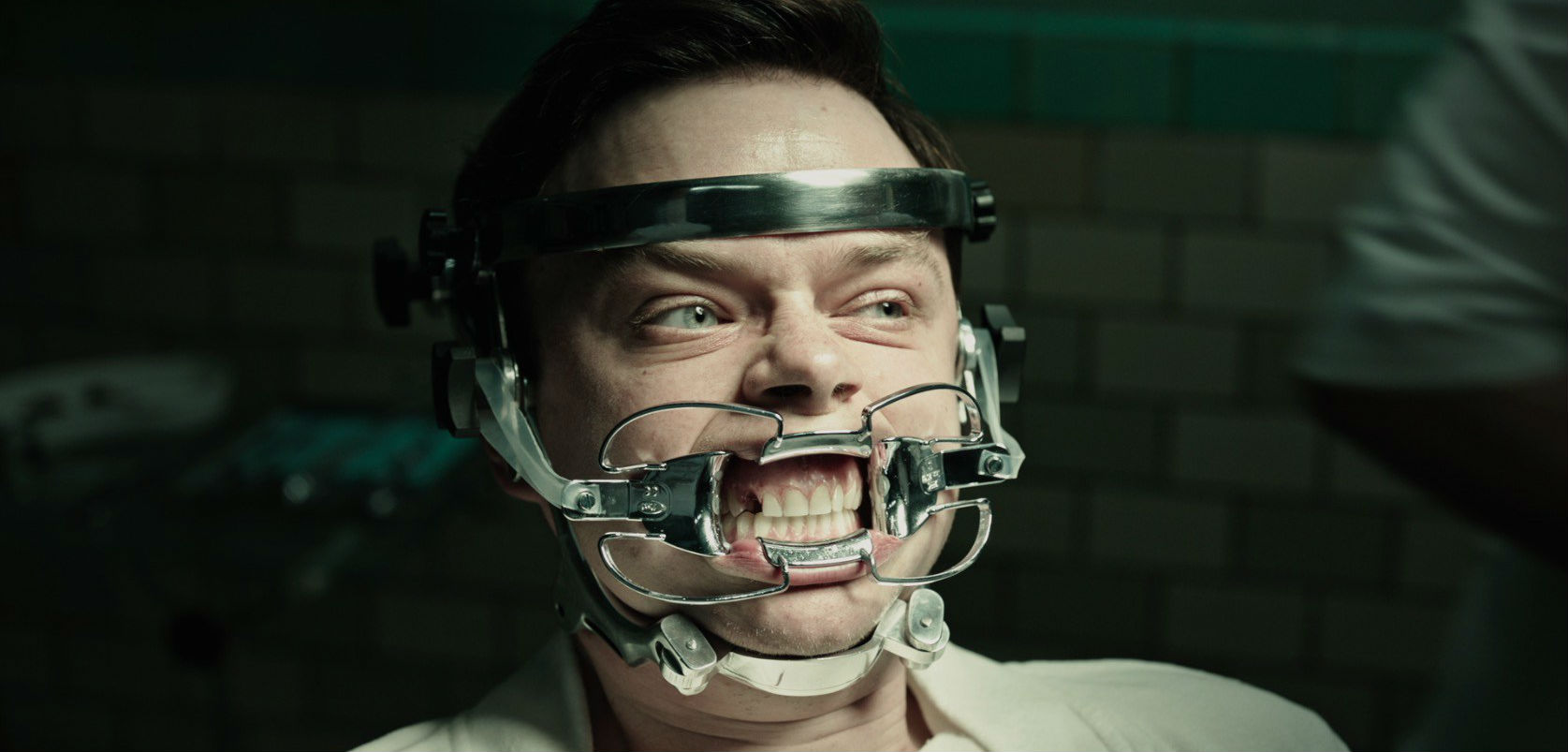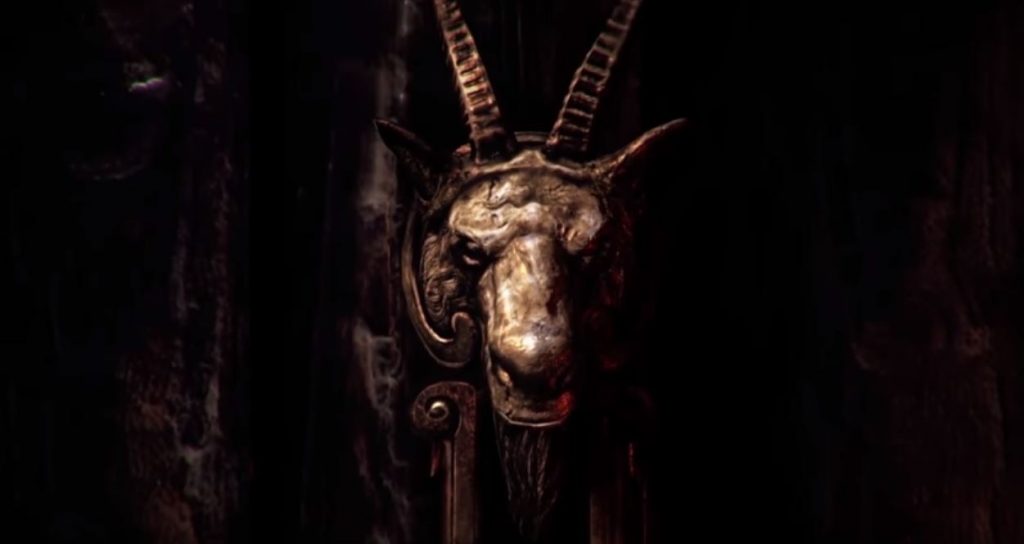Film lost one of the great character actors earlier this year. Bill Paxton – forever reliable, always memorable, often quotable – died in February at the age of 61.
Gone far, far too soon, he’s the horror icon-of-sorts we pay tribute to today. The man made a lot of films, many of them horror: The Colony, Impulse, Future Shock, Club Dread, Deadly Lessons, Mortuary. Sure, these are bad movies, but that doesn’t mean they aren’t enjoyable.
We want to spend most of our time with the horror films that are really worth seeing. Three of them are even quite good!
5. Night Warning (1982)
Here’s a weird one. And convoluted, too. Orphaned Billy (Jimmy McNichol) lives with his horny Aunt (Susan Tyrrell), plays basketball, and necks with his girlfriend Julia (Julia Duffy). Aunt Cheryl kills the TV repairman, claiming he was trying to rape her. When police realize the TV repairman was actually the longtime lover of Billy’s basketball coach, an evenhanded treatment of homophobia arises – surprising, given the time period. Not that it’s the point of the film, but it is the biggest surprise.
No one is really trying to unravel the murder mysteries piling up here. Aunt Cheryl is too busy trying to keep Billy to herself while small town cop Joe Carlson (go-to bigoted cop figure throughout the 70s and 80s, Bo Svenson) just wants to know whether or not Billy’s gay.
You know who else does? Billy’s on-the-court nemesis Eddie (Paxton).
This is very definitely a low budget, early Eighties horror flick. Don’t get your hopes up. But it is such a peculiar movie. Susan Tyrrell is fascinatingly unhinged and so, so creepy that you cannot look away, and if you’re up for one hot mess of a movie, this is an especially absorbing time waster.
4. Brain Dead (1990)
What?! Bill Paxton AND Bill Pullman – is this some kind of lottery jackpot?
No, the two Bills co-starred as a good guy doctor and a sleazy corporate monster. Guess who plays which.
Paxton – working the gap-toothed smirk – needs his old pal Rex (Pullman) to use his skills as a brain surgeon to extract some info from an old colleague, played by Bud Cort. (Bud Cort?! This cast is like a precious gift.)
The film becomes one of those “descent into madness” horrors where the character isn’t sure whether he’s the doctor or the madman. The writing is weak and the direction laughable, but there truly is something going on her. Who knows why Pullman, Paxton or Cort all agreed to this gig. By 1990, all three of them could have done better. But they did this, God bless ‘em, and it is weirdly worth a viewing.
https://www.youtube.com/watch?v=QtmqGe7740g
3. Near Dark (1987)
Back in ’87, future Oscar winner Kathryn Bigelow brought a new take on a familiar theme to the screen. A mixture of vampire and western tropes, Near Dark succeeds mostly on the charisma of the cast.
The always welcome Lance Henricksen is campy fun as the badass leader of a vampire family, while the beguiling Mae (Jenny Wright) – nomadic white trash vampire beauty – draws you in with a performance that’s vulnerable and slightly menacing.
The most fun, though, is Bill Paxton as the truest psychopath among the group looking to initiate a new member. All the film’s minor flaws are forgotten when you can watch an unhinged Paxton terrorize a barful of rednecks. Woo hoo!
2. Frailty (2001)
Director Paxton stars as a widowed country dad awakened one night with an epiphany. He understands now that he and his sons have been called by God to kill demons.
Frailty manages to subvert every horror film expectation by playing right into them.
Brent Hanley’s sly screenplay evokes such nostalgic familiarity – down to a Dukes of Hazzard reference – and Paxton’s direction makes you feel entirely comfortable in these common surroundings. Then the two of them upend everything – repeatedly – until it’s as if they’ve challenged your expectations, biases, and your own childhood to boot.
Paxton crafts a morbidly compelling tale free from irony, sarcasm, or judgment and full of darkly sympathetic characters. It’s a surprisingly strong feature directorial debut from a guy who once played a giant talking turd.
1. Aliens (1986)
Stop your grinnin’ and drop your linen.
Of all Paxton’s unforgettable roles, his Private Hudson has to be the favorite. Better than Weird Science’s Chet, that talking pile of shit, better than the skeevy Simon from True Lies, better even than the punk who’s stripped naked by Arnold Schwarzenegger in Terminator.
Paxton takes a character that could have been a formulaic Marine ready for the monster’s picking and turned him into an interesting, memorable character. He’s the guy you quote, he’s the guy who made you laugh, he’s the guy who kept your attention.
He’s the guy we will miss.
Game over, man.









